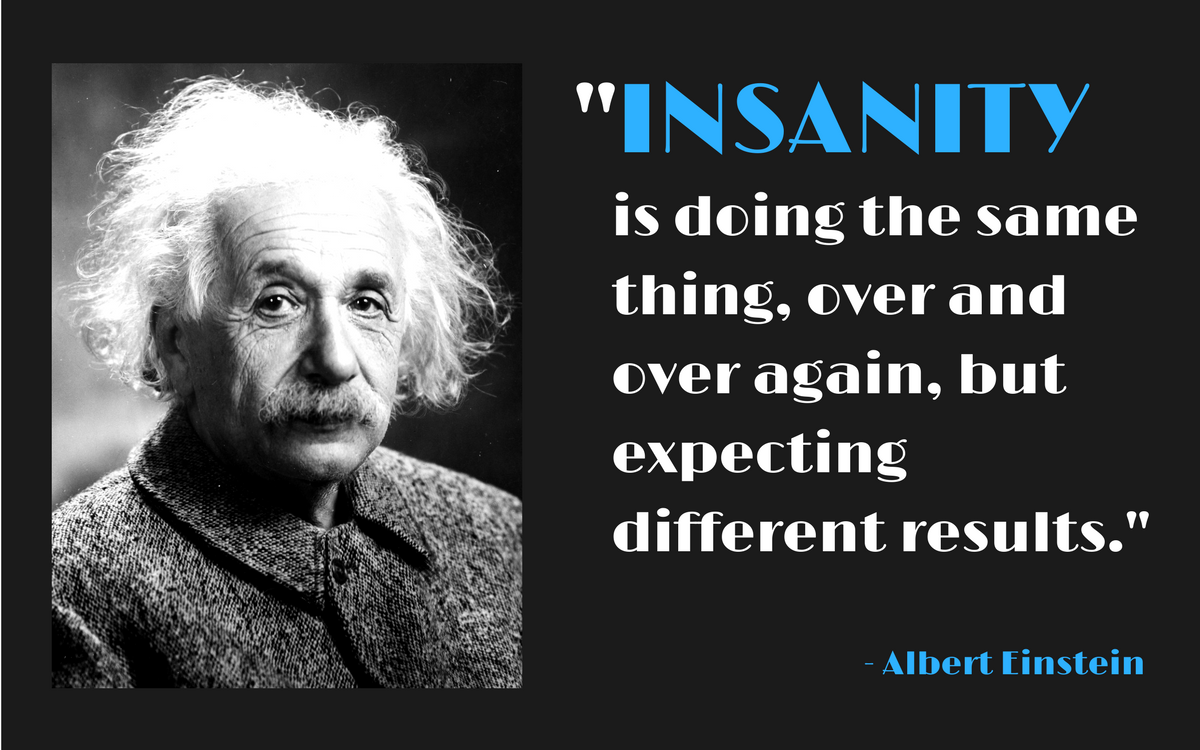
Recently I was having a conversation with a former work colleague. As these conversations go, after a few drinks (or as my colleague calls them “engineering juice”) no matter how hard we tried, we inevitably ended up talking “shop.” We’re both at different companies now, and part of the catching up was obviously about why we do what we do at our new companies.
After an overview, and quick product demo, his comment made me grin, “why doesn’t everyone use this type information for UC today?”
I pulled up an article I had written recently about how companies are currently resistant to change with their UC deployments. This led to an interesting discussion about what motivates clients to buy or not buy a product/service that is so obviously beneficial? The short answer ended up being budget constraints. However, after a little (or a lot) more “engineering juice,” and listing off many reasons why companies do not move forward with a product, we narrowed it down to two reasons – actual pain vs. perceived pain.
Let me clarify these two pains that leave companies resistant to change:
How Companies Indicate “Actual” Pain
In most cases, this pain type is easier to uncover and address. This in an indicator of something currently happening in the client’s space and causing them, you guessed it, pain. That pain (or even fear) could come in a variety of forms; decreased revenue, loss of market share, negative customer satisfaction rating, and so on. The sting of these business fears are almost always at the forefront of the client’s mind, as they should be. It’s understandable, as any change will (and should) have an impact on your business. This type of pain is like an open door. It’s easy to identify and align your company’s product solution to as it should relieve any discomfort by clearly show the benefit vs. risk of adverse effects on their business.
Easy. Sometimes.
How Companies Indicate “Perceived” Pain
This type of pain is not always easily identified, and far less obvious in most cases. Perceived pain is beneath the surface, and not apparent at first. Perceived pain is often the inertia clients feel from wanting to move/update/upgrade/ and so on. This stems from the common thought that, “what they have works good enough now.” This can be sustained, but it’s inevitable that perceived pain will bubble to the surface. This type of pain is in actuality far more challenging – for all parties.
So, back to that night of conversation over cocktails. From here, much like engineers do, once we identified the primary problems, we went about trying to structure a solution. We asked several questions;
- Which pain do you address first?
- What’s most relevant?
- Who do you take the message to so it’s the most successful?
The list was quite long, but the most interesting question to me was, “what yields the most benefit if you solve it?” It was at this point we decided to look at the long-term impact, rather than the short term fix.
How to Address “Perceived” Pain
Much like the old adage, “an apple a day keeps the doctor away” it was clear to me that the resolution to the perceived pain, the deeper pain, is the most beneficial to solve for the client. The main issue to address when you encounter this is the simple fact that it’s not something causing pain now, but rather has the propensity to cause pain later.
The tactic for addressing this is much like, “preventative maintenance” that needs to be applied vigilantly and over time to be successful. By addressing perceived pain in this manner clients often receive a reality check as their budgets and projects don’t typically revolve around “what could happen,” but rather “what is happening.”
This is the point in the conversation where my colleague brought up the product demo I had presented to him earlier. By having the ability to see historically at what is happening in your UC environment you can avoid, address, and/or predict the upcoming pain. By looking and reviewing the data that has been collected overtime, you can finally make sharper and more calculated decisions to avoid both actual pain, but also that deeper, perceived pain for your business’s UC environment.
So, again, addressing perceived pain is all about “preventative maintenance” applied vigilantly and over time. In all honesty, this same tactic works for “actual” pain as well. Often times the collection and analysis of that type of data is cumbersome and costly, but my former co-worker and I kept coming back to the benefits of UC and the analytics product our company provides outweighing any risk a company may encounter.
Great conversations always start with a challenging idea, and this conversation was no exception. I would challenge you to find the perceived pain at your client, not just the actual pain. Although your clients might fight you at first, they will thank you later.
After all, isn’t that what good sales is all about? Giving your client what they need, not what they want? It’s one of many reasons we kicked up the complimentary UC assessment recently. It really helps to bridge the gap in communication and address perceived pain by benchmarking a client’s unified communications network against other leading enterprises. It’s been providing that “reality check” I mentioned earlier by focusing on “what is happening”
Thanks for reading! If you have thoughts or comments, please feel free to post below or reach out to me at steven.talafuse@vyopta.com.

